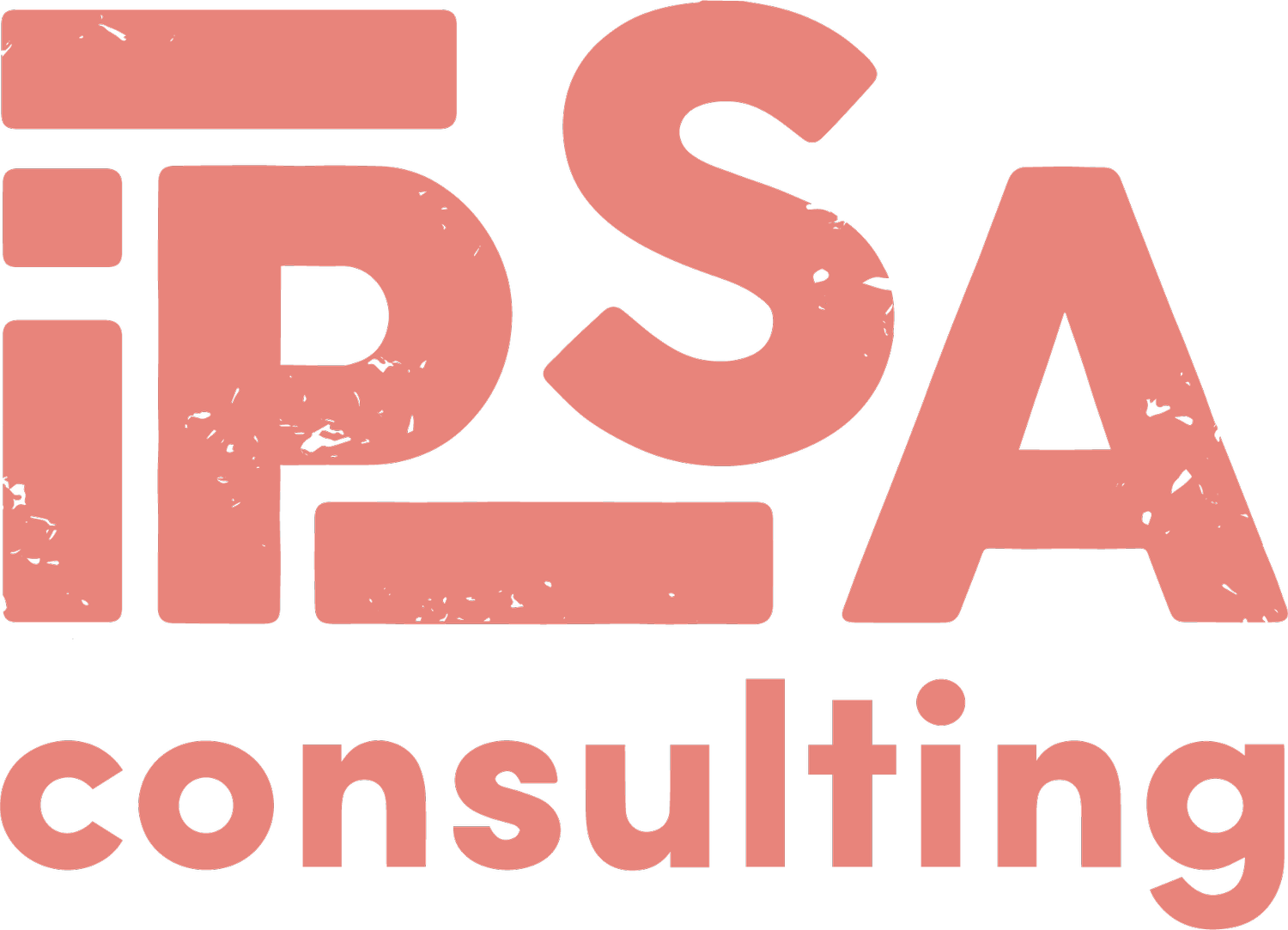The SDGs - Halfway to 2030
Later this year (2022) will mark halfway to the 2030 SDG target. So, how’s it going?
What are the SDGs?
The UN’s Sustainable Development Goals is a global change initiative set up by the United Nations to inspire multilateral action around the world. The purpose is one we’re all familiar with - to ensure peace and prosperity for people and the planet. Along with almost every other type of progress, Covid-19 has hampered potential success and there has been calls for a reset of the original timeline.
How are the SDGs being used?
The SDGs 17 colourful impact goals and 169 targets are easily digestible, widely adopted and often referenced in political and commercial rhetoric. But there is a lack of evidence around how countries and organisations plan on measuring their success toward the goals.
According to an Ipsos Mori survey completed in 2019, the general public voted for Goal 2 - Zero Hunger; Goal 6: Clean Water and Sanitation; and Goal 3: Good Health and Well-Being as most important yet this is at stark contrast to the top three Goals that businesses listed as the most popular: Goal 8: Decent Work and Economic Growth; Goal 12: Responsible Consumption and Production; and Goal 13: Climate Action. It is understandable that organisations are targeting SDGs that align with their own agenda - however, those who serve the public domain must remember that the general public is a stakeholder and listen intently to their requirements. It could be argued that businesses choosing Goal 13: Climate Change as their target are encompassing the public’s desires as this goal is closely aligned with the aforementioned voted goals - however, this just highlights another issue - that the goals are so heavily distilled that they become subjective.
How can organisations improve their use of the SDGs?
Firstly, there is a huge gap in the types of organisation reporting on SDG - for example, small businesses are hugely lacking with only ~5% of SMEs taking up the responsibility.
Secondly, those that are reporting could be making improvements to how transparent they are being in choosing the goals, measuring them, and also including what the gaps are.
Peter Paul van de Wijs, Chief External Affairs Officer at GRI says:
“Companies should indicate how they identify, prevent, and address their actual and potential negative impacts on the SDGs and highlight what these may be. Customers, investors, and governments are increasingly interested in understanding the negative impacts a business has, and reports with this level of transparency will lead to a greater trust and accountability as well as an increased ability to understand how these impacts can be mitigated.” - Peter Paul van de Wijs
How should I measure and report on the SGDs?
Lucky for you a number of global consulting organisations have written extensively on this:
KPMG has a handy guide detailing ‘what good looks like’ on this subject - it is available here.
PWC have a thorough analysis of the SDGS and how to report on them for business - available here.
In summary
Moving forward, the next report is due in 2023 where all contributants are currently being invited to communicate their impacts for the report. The largest part of work is still to be done. The hope is that now we’re halfway to the end goal, systems and processes have been set up for recording and analysing SGD data and this will start flooding in over the coming years…. Yet again, that could just be wishful thinking.
